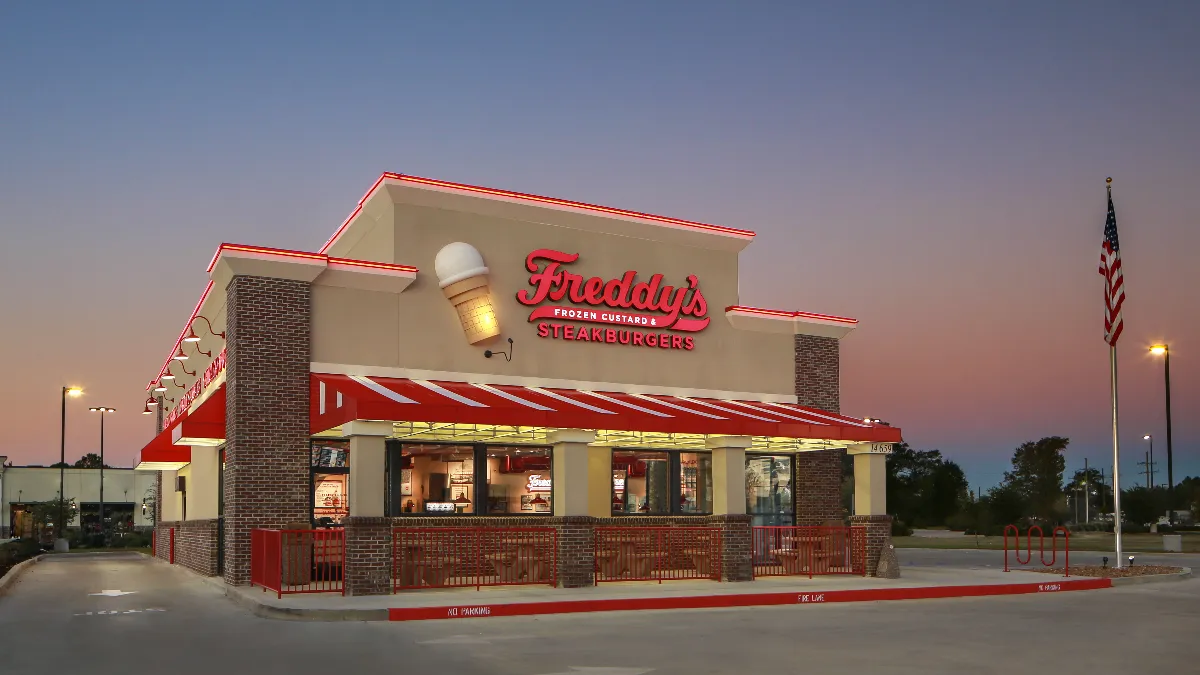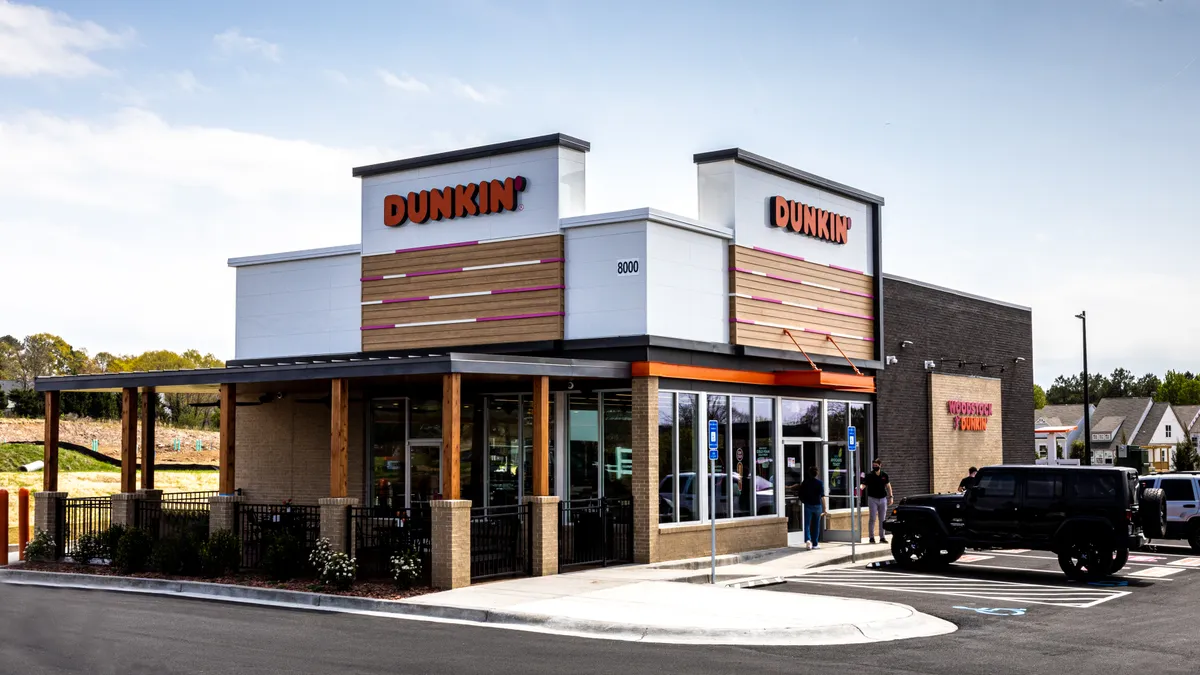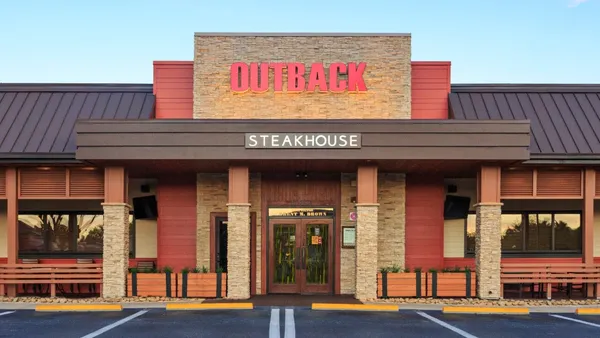Dive Brief:
- M&M Custard, which operates 31 Freddy’s Frozen Custard & Steakburgers across six Midwest states, filed for Chapter 11 bankruptcy protection on Friday, according to court documents.
- The franchisee, which is one of Freddy’s largest operators, listed about $5 million in assets and nearly $28 million in liabilities.
- M&M Custard’s downfall began in August 2021 shortly after it began expanding into Chicago through an acquisition of three stores, Eric Cole, managing member of M&M Custard, said in a court filing. It ultimately grew to 11 locations in the market through openings and acquisitions, which proved to be a significant challenge.
Dive Insight:
Freddy’s management believed that Chicago was a viable market with “significant upside,” Cole wrote. However, after three years, these Chicago restaurants “struggled to gain sustainable traction, raising significant concerns about its long-term viability,” Cole wrote.
M&M Custard, which generates about $58.1 million in revenue, invested $1 million to acquire the existing Freddy’s locations in Chicago locations and secure exclusive territorial rights for future development.
The operator began developing aggressively and opened four highly visible locations to accelerate the brand’s awareness and presence in the market.
In 2024, M&M Custard’s business was divided into two different branches. Its legacy restaurants consist of 31 profitable, well-established stores that generated over $48 million in revenue. Cole said the Chicago business was a “toxic asset” that had negative EBITDA and was dragging down the rest of the company.
Last year, M&M Custard began a full divestiture of its Chicago portfolio, leading to the closure of 11 Freddy’s restaurants across the market and dropping unit count from 42 to its current 31.
“M&M Custard believes that without the drag from the Chicago stores, the business can be successfully reorganized,” Cole wrote.
Freddy's said in a statement that the filing "is not a reflection of Freddy's corporate stability or the performance of other franchisees." The company added that "corporate is fully engaged and will do all that we can to ensure that the restaurants see little to no interruption while M&M works to complete their restructuring."
More operators are seeking bankruptcy protections this year as rising costs and declines in sales and traffic take their toll. A 57-unit Burger King operator filed for Chapter 11 in April after facing dwindling foot traffic and revenue following the COVID-19 pandemic. A 22-unit Del Taco franchisee, Matadoor Restaurant Group, also went bankrupt in July after struggling with sales declines and increased operating costs.
M&M Custard's bankruptcy comes over two months after Freddy’s was acquired by Rhône, a global private equity firm. Thompson Street Capital Partners previously owned the fast casual chain since 2021 when it had 400 units. The chain now has about 550 units and $1 billion in sales.
Freddy’s began expanding outside the U.S. earlier this year and opened its first international location in Winnipeg, Canada, in June. More locations are expected in that market in the next few years. The chain also plans to open 70 franchised locations this year across the U.S., meaning any closures occurring during M&M Custard’s bankruptcy are unlikely to have a significant impact on the franchisor’s total unit count.
Editor’s note: This article has been updated to include a statement from Freddy’s.













